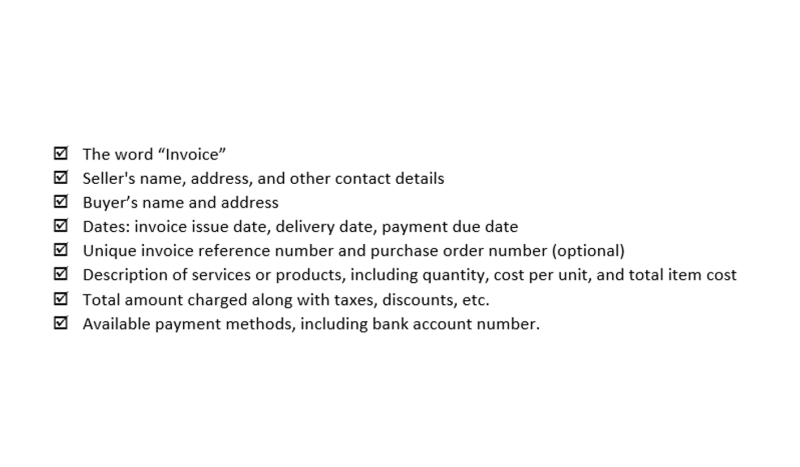
An accurate tally of expenses is crucial for determining the net income of a company, as they are subtracted from revenues in the income statement. Monitoring these accounts helps in controlling costs and improving the company’s overall financial efficiency. The account’s net balance is the difference between the total of the debits and the total of the credits. This can be a net debit balance when the total debits are greater, or a net credit balance when the total credits are greater.
How to Know What to Debit and What to Credit in Accounting

This chapter explains the relationship between financial statements and several steps in the accounting process. We go into much more detail in The Adjustment Process and Completing the Accounting Cycle. Normal balance is a fundamental concept in accounting that determines the expected side or category where an account balance should appear. It helps ensure accurate recording, consistent classification, and reliable reporting of financial transactions. By understanding the normal balances of different accounts, accountants can maintain the integrity and usefulness of financial information.
How does the accounting equation relate to normal balances?
Recording an expense as a debit shows its reducing effect on equity. This transaction will require a journal entry that includes an expense account and a cash account. Note, for this example, an automatic off-set entry will be posted to cash and IU users are not able to post directly to any of the cash object codes.
Role of Normal Balances in Maintaining Accurate Financial Records
When an amount is accounted for on its normal balance side, it increases that account. On the contrary, when an amount is accounted for on the opposite side of its normal balance, it decreases that amount. This is a non-operating or “other” item resulting from the sale of an asset (other than inventory) for more than the amount shown in the company’s accounting records.
- This might mean allocating costs over more than one accounting or reporting period.
- Income has a normal credit balance since it increases capital.
- This type of chart lists all of the important accounts in a company, along with their normal balance.
- The balance sheet, which outlines a company’s financial position at a specific point in time, is directly affected by the normal balances of asset, liability, and equity accounts.
- Businesses all around the world carry out this process as part of their normal operations.
- In accounting, understanding the normal balance of accounts is crucial to accurately record financial transactions and maintain a balanced ledger.
- It refers to the side of the ledger—debit or credit—where the balance of the account is customarily found.
Normal Debit and Credit Balances for the Accounts
- While the normal balance of a liability account or equity account is a debit balance.
- Asset accounts normally have debit balances, while liabilities and capital normally have credit balances.
- Revenue accounts track the income a company earns from its normal business operations, such as sales of goods or services.
- One side of each account will increase and the other side will decrease.
- There are some exceptions to this rule, but always apply the cost principle unless FASB has specifically stated that a different valuation method should be used in a given circumstance.
- It keeps the company’s financials accurate and makes sure the balance sheet is correct.
The accurate recording of revenues is essential for assessing the company’s performance and profitability over a period. Liability accounts record what a company owes to others, encompassing both current liabilities, such as accounts payable and short-term loans, and long-term liabilities like mortgages and bonds payable. These accounts usually have a credit balance, meaning an increase in liabilities is recorded as a credit, and a decrease is recorded as a debit. This reflects the obligation or claim against the company’s assets by external parties. The dual nature of transactions is captured through debits and credits, the two fundamental aspects of double-entry bookkeeping.
Time Value of Money
There also does not have to be a correlation between when cash is collected and when revenue is recognized. A customer may not pay for the service on the day it was provided. Even though the customer has not yet paid cash, there is a reasonable expectation that the customer will pay in the future. Since the company has provided the service, it would recognize the revenue as earned, even though cash has yet to be collected. The revenue recognition principle directs a company to recognize revenue in the period in which it is earned; revenue is not considered earned until a product or service has been provided. This means the period of time in which you performed the service or gave the customer the product is the period in which revenue is recognized.
Understanding debits and credits
These accounts generally carry a credit balance, as revenues increase equity. When a company earns revenue, the revenue account is credited, reflecting the increase in the accounts and their normal balances company’s assets or the settlement of a liability through its business activities. Conversely, any adjustments or returns that reduce revenue are recorded as debits.
- A cash account is an expected normal balance account that includes cash and cash equivalents.
- For example, Cost of Goods Sold is an expense caused by Sales.
- International accounting rules are called International Financial Reporting Standards (IFRS).
- One of the fundamental principles in accounting is the concept of a ‘Normal Balance‘.
- The normal balance of an account shows if increases are recorded on the debit or credit side.
The Accounting Equation

The five types of accounts and their normal balances
